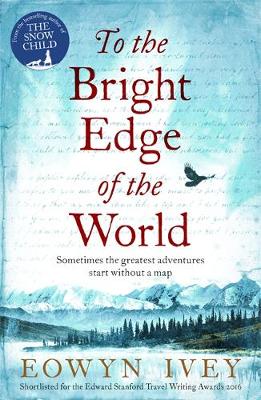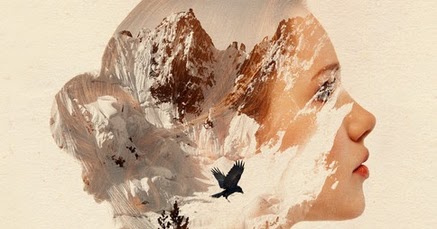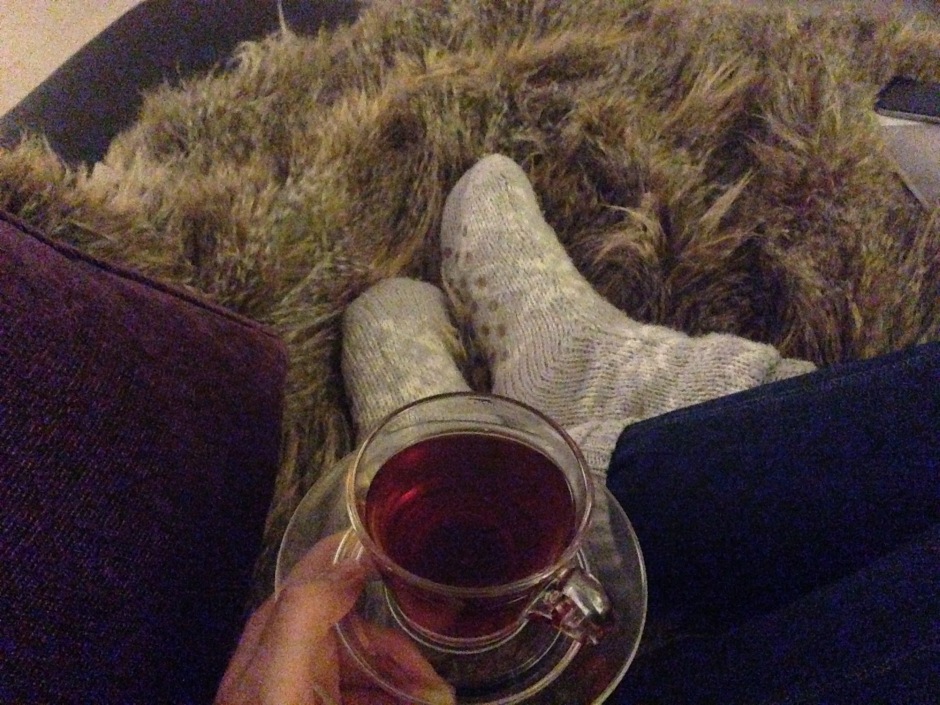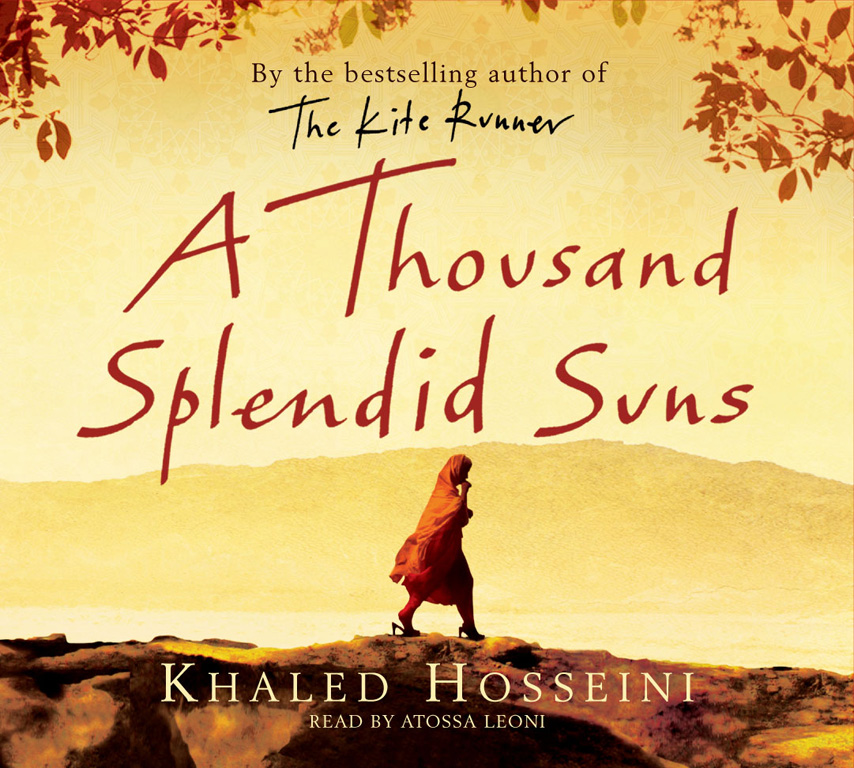I have read several John Grisham novels over the years, which is surprising to most people when I usually try to distance myself from my profession. I came across The Street Lawyer several years ago, fresh out of law school myself and working at a legal aid firm where I literally did come into contact with people from all walks of life. However, unlike the character in The Street Lawyer, I had never wanted the corporate life in the city. The Street Lawyer resonated and stuck with me through the years, and is probably why I do not shy away from other works by Grisham.
The most tantalising aspect of A Time To Kill, as well as some of his other novels, is its setting. America’s deep south; dry heat, rednecks and moonshine to name a few of the things that spring to mind. Now that’s probably a gross generalisation, but I’ve always been drawn to parts of the world where you sweat from 8am, cold beer is never far and there’s little but dry, cracked earth and dust for miles. However, there is a darker side to this part of the world, which drew attention in previous years and on which Grisham has based this novel: the racial tensions following desegregation.
Plot
A Time To Kill is the story of a black man who is on trial for killing his daughter’s rapists – who were white-skinned. It follows the life of the lawyer (also white) who is trying to secure the man’s acquittal at a trial before a predominantly white jury. Grisham builds on the lawyer’s initial scepticism of the racial tensions being an issue, then the dawning on him of the harm that he and his family could come to if he continues to be involved in the case. The lawyer is only human though; he has a family to provide for and a job to do despite the difficulties it poses. Featuring the return of the Klu Klux Klan (albeit a rather mild portrayal), it is a well written, both politically and emotionally, novel that makes the reader question the racial bias at that time and the pursuit of justice in such a case.
Grisham has acknowledged that such a heavy plot scheme needs some light humour in order to break it down, in the form of the lawyer’s former mentor – a now disbarred lawyer with a sharp brain but a penchant for whiskey who spends his days on his front porch. A side-kick, in so much as he is a main character, but without the cliché of being a duo against the world.
Simply written, with detailed character traits and personalities, A Time To Kill does not disappoint and is definitely up there in my list of Grisham’s best works.







